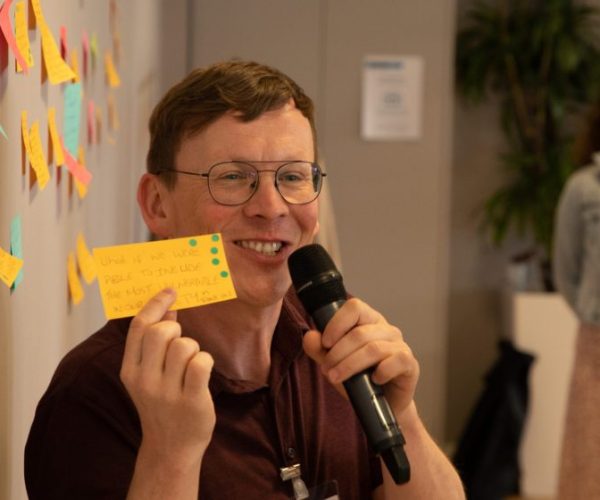
PROGRAMME
Dutch Global Health Alliance (DGHA)
DURATION
01/08/2022–31/10/2023
(15 months)
WEBSITE
Global Health Strategies Monitoring Framework

This initiative delivers a practical, stakeholder‑owned monitoring framework for Global Health Strategies (GHS) at EU and national level. Conceived with and for non‑state actors, it translates high‑level strategy into clear outcomes, indicators and feedback loops that enable transparency and learning. The process begins by situating GHS in real contexts (EU and national strategies) and tailoring the tool to what is feasible and proportionate, so advocates can engage strategy owners with concrete, evidence‑based asks.
The framework was co‑created through a structured sequence of workshops with CSOs from Europe and the Global South. The path moves from shared problem framing and component brainstorming to clustering, prioritisation and validation. At its heart are success factors such as initial consensus, a visible mandate, dedicated M&E budgets, transparency, diversity and inclusivity, and the use of facilitated processes that keep all voices equal.
Our role
Stickydot devised and led the co‑creation from end‑to‑end. We designed the engagement architecture (briefing packs, agendas, facilitation guides, decision tools), and moderated the online roundtable, an in‑person Brussels workshop, and a final validation session. Activities included small‑group challenge sharing, indicator/component ideation, clustering and prioritisation, and rapid sense‑making, with careful attention to accessibility (e.g. multilingual access and inclusive formats).
We also synthesised inputs into a usable monitoring tool and advocate’s playbook. This included defining stages, codifying success factors, and terms of reference, codes of conduct, mapping matrices, so that coalitions can reproduce the process with strategy owners and keep implementation accountable over time.
Outcomes
The result is an eight‑stage Monitoring Framework Tool that guides users to: adapt scope to context; advocate with strategy owners; identify and engage a co‑creation group; define the ideal end‑state; build baselines from existing data; set milestones and indicators (with disaggregation and alignment to SDGs/national strategies); and implement adaptive monitoring with clear roles, timelines and feedback loops. The tool also underlines budget transparency and contribution‑focused evaluation.
Longer‑term, the approach enables consistent, equitable tracking of GHS progress while centring communities most affected by health inequities. By institutionalising participatory review cycles (including options such as independent ombuds roles, open data platforms and annual stakeholder feedback), it strengthens accountability and turns monitoring results into timely adjustments in policy, budgeting and service delivery.
Related



